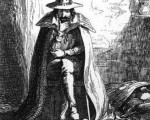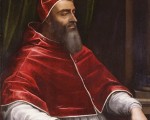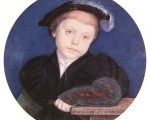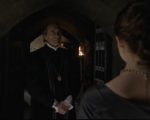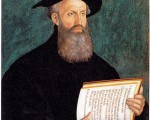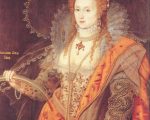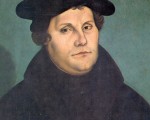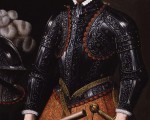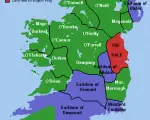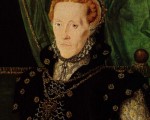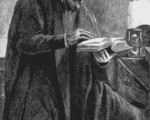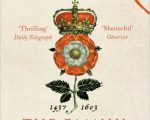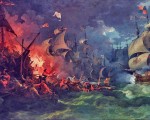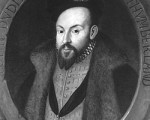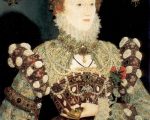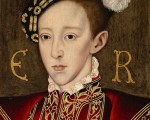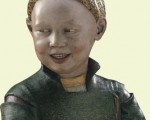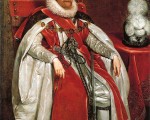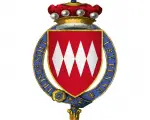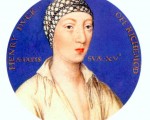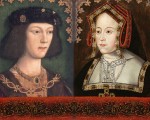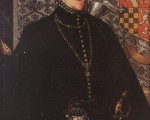On this day in history, 2nd June 1572, Thomas Howard, 4th Duke of Norfolk, was executed on Tower Hill for treason. His remains were buried in the Chapel of St Peter ad Vincula at the Tower of London.
Thomas was the eldest son of Henry Howard, Earl of Surrey, and his wife, Frances de Vere, and he was born on 10th March 1538 at Kenninghall. His father was executed in January 1547 so his aunt, Mary Fitzroy, Duchess of Richmond, was in charge of his early upbringing. His tutors included Hadrianus Junius, the martyrologist John Foxe and Bishop John White. When he was 15 years of age, in September 1553, he was made a Knight of the Bath by Mary I and he helped his grandfather, Thomas Howard, 3rd Duke of Norfolk, Earl Marshal and Lord High Steward, officiate at the queen’s coronation and coronation banquet in October 1553.
In July 1554, Thomas was appointed as first gentleman of the chamber to Philip of Spain, Mary I’s new husband. He became the Duke of Norfolk following the death of his grandfather on 25th August 1554 and also inherited his grandfather’s office of Earl Marshal. In 1555 he married Mary Fitzalan, daughter and heir of Henry Fitzalan, 12th Earl of Arundel. During Mary I’s reign, he was rewarded with offices including High Steward of Cambridge and Great Yarmouth, and Lord Lieutenant of Norfolk and Suffolk. His wife, Mary, died on 25th August 1557, having given birth to a son, Philip, on 28th June 1557. Thomas went on to marry his cousin, Margaret Dudley, widow of Lord Henry Dudley and heir of Thomas, Lord Audley of Walden, shortly after the accession of Elizabeth I in 1558.
[Read More...]
